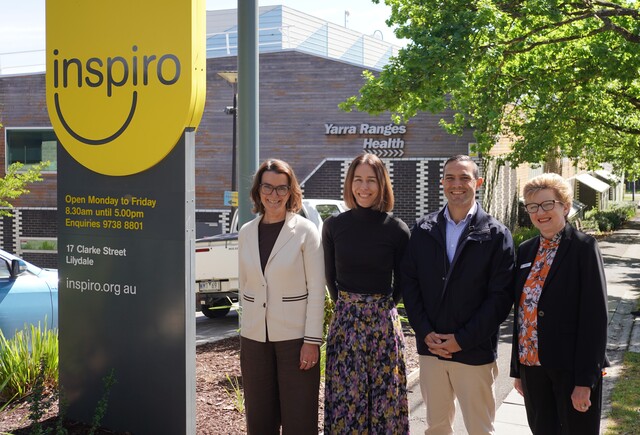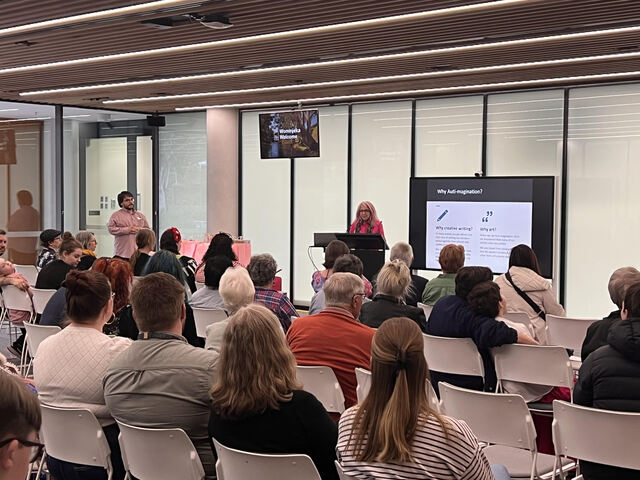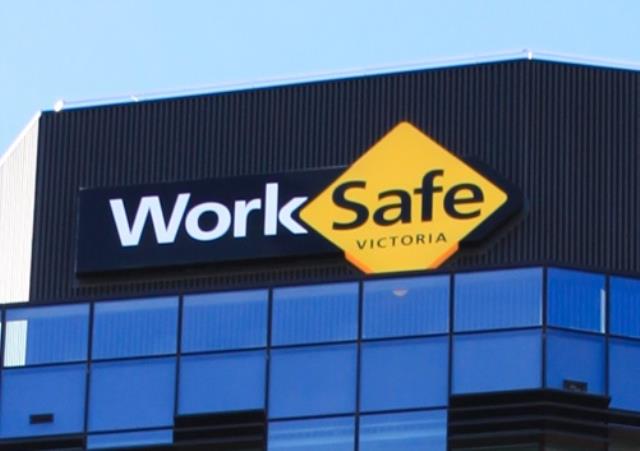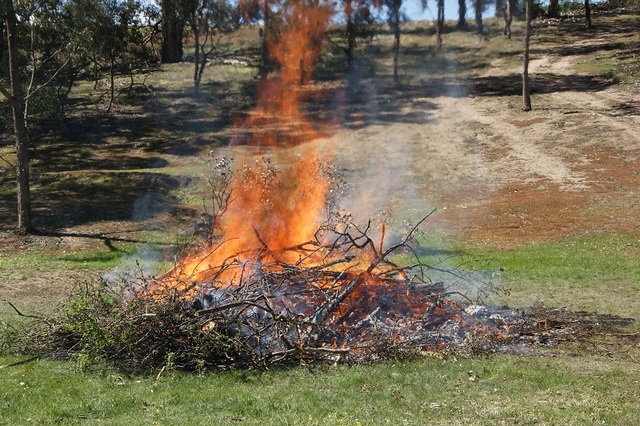 Melbourne Water aims to get Maroondah Dam down to 10 to 12 billion litres to avoid a spectacular but wasteful spill in spring. File photo.
Melbourne Water aims to get Maroondah Dam down to 10 to 12 billion litres to avoid a spectacular but wasteful spill in spring. File photo.By Kath Gannaway
MELBOURNE Water is making room in Maroondah Reservoir for what they hope will be good spring rains.
Controlled releases of about 200 million litres of water a day started last week and will continue over the next two weeks.
The reservoir is one of Melbourne’s smallest water supply dams with a 22 billion litre capacity, but it is also the one with the largest catchment area and fills quickly.
It is currently around 85 per cent full and Melbourne Water says spring rains could see it spill over.
While the “waterfall” created when water crashes over the spillway is a spectacular drawcard for locals and visitors, John Woodland, Melbourne Water manager of Water Supply Operations, said it also has the potential to waste precious drinking water.
Mr Woodland said Melbourne Water had commenced controlled releases into the Watts River, a tributary of the Yarra River, and was pumping water into Sugarloaf Reservoir downstream at Yering Gorge.
“This means we will have more capacity to capture water in Maroondah Reservoir when it rains again, and reduce the risk of water being lost if the reservoir spills,” he said.
He said the releases would be closely monitored to ensure the same volumes being pumped as were being released.
“Usually when Maroondah spills we try to pump as much as we are able within environmental constraints at Yering, but in wet weather we sometimes don’t have sufficient pump capacity to catch all of this water,” he said. “By controlling releases now, when conditions are good and we have spare pump capacity, rather than waiting for a spill, we can better manage the situation and conserve as much water as possible.”
Mr Woodland said the water was treated at the Winneke treatment plant at Sugarloaf before going into the water supply.
Melbourne Water storages are currently at 38.6 per cent of capacity.






